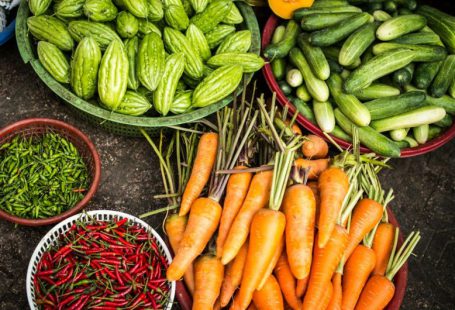**Is Edible QR Code the Future of Food Labelling?**
In today’s digital age, where technology is advancing at an unprecedented rate, it comes as no surprise that even the way we label our food is undergoing a transformation. Traditional food labels have long been a staple in informing consumers about the ingredients, nutritional value, and allergens present in a product. However, with the advent of edible QR codes, there is a growing buzz around whether this innovative technology could be the future of food labelling.
**The Rise of Edible QR Codes**
QR codes, short for Quick Response codes, are two-dimensional barcodes that can store a significant amount of information. These codes have been used for various purposes, such as marketing, ticketing, and inventory tracking. However, the idea of making QR codes edible opens up a whole new realm of possibilities, particularly in the realm of food labelling.
**Enhanced Transparency and Information Accessibility**
One of the key advantages of edible QR codes is the potential for enhanced transparency in food labelling. By scanning a QR code on a product, consumers can access a wealth of information about the product, including its origin, production methods, and any certifications it holds. This level of transparency can help consumers make more informed choices about the food they eat and enable them to support sustainable and ethical practices.
**Reducing Packaging Waste**
Another significant benefit of edible QR codes is the potential to reduce packaging waste. Traditional food labels often require additional packaging materials, such as stickers or tags, which contribute to the overall waste generated by the food industry. Edible QR codes can be directly printed onto the food product, eliminating the need for additional packaging and reducing environmental impact.
**Enhancing Food Safety and Traceability**
Food safety is a major concern for consumers, with many seeking assurance that the products they consume are safe and of high quality. Edible QR codes can play a crucial role in enhancing food safety by providing real-time information on the product’s journey from farm to fork. This increased traceability can help identify and address potential issues in the supply chain, ultimately leading to safer food products for consumers.
**Challenges and Considerations**
While edible QR codes hold great promise for revolutionizing food labelling, there are some challenges and considerations that need to be addressed. One of the primary concerns is ensuring universal access to the technology required to scan QR codes. Not all consumers may have smartphones or access to the internet, limiting the effectiveness of edible QR codes as a food labelling tool. Additionally, there are potential privacy and data security concerns associated with scanning QR codes, which must be carefully managed to protect consumer information.
**The Future of Food Labelling**
As technology continues to evolve, the future of food labelling is likely to be shaped by innovative solutions such as edible QR codes. While there are challenges to overcome, the potential benefits of enhanced transparency, reduced packaging waste, and improved food safety make edible QR codes an exciting prospect for the food industry. By embracing this technology and addressing the associated challenges, we may indeed be looking at a future where food labelling is more informative, sustainable, and accessible than ever before.





